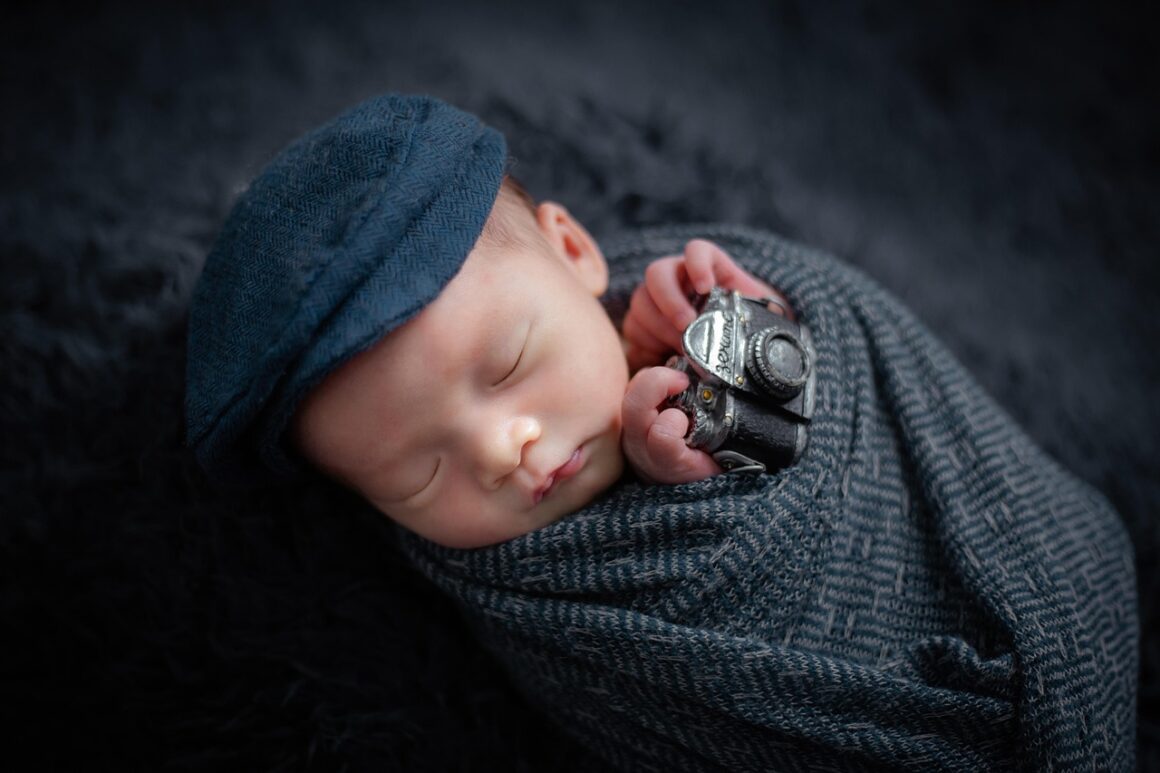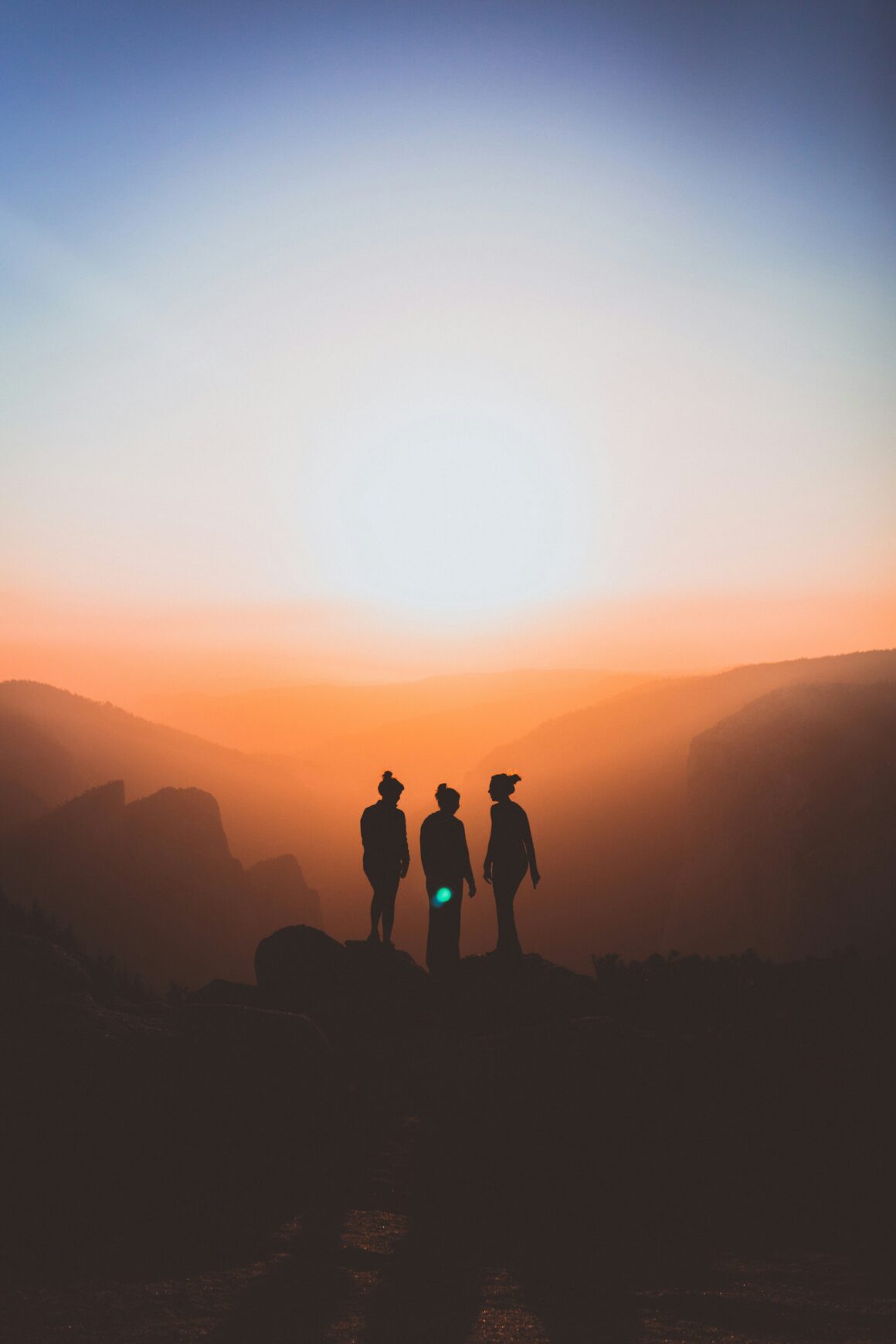Protesting can be a dangerous job, and lately there’s definitely been reason to protest. With cops using often dangerous forms of “crowd control” and violence from opposing groups, it’s useful to know how to help yourself and others if the situation requires.

Tear Gas
Tear gas is a chemical weapon banned in war, but that doesn’t keep cops from deploying it for use on the people they are hypothetically supposed to protect and serve. In edition to being used commonly by police, tear gas can and is often used by other civilians, as was used by white supremacists in Charlottesville.
Tear gas causes the person it affects to cough and sneeze, and you may even go temporarily blind. If you wear contacts, they can cause tear gas particles to stick to your eyes, and can even melt your contacts to your eyes. While tear gas usually doesn’t cause long term damage, it is important to know how to combat it, as it can be extremely uncomfortable to encounter.
Tear gas sticks to mucus membranes, which are found in the nose, eyes, and mouth. Damps bandanas or other cloth over your nose and mouth can help fight the effects of tear gas on your mouth and nose. Milk is usually used as an impromptu aide for tear gas in the eyes, but you can also use a combination of liquid antacid and water, (LAW) maalox, or milk of magnesia. These are good options because contrary to cow’s milk, these alternatives don’t spoil. You can also wear swimming goggles.
As tear gas affects breathing, it can kill a person with asthma. Make sure that if you have asthma or a friend does, you have an inhaler with you. Also make sure not to wear oil based makeup, lotion, or sunscreen because it can trap particles to your skin.
If tear gas has been deployed in your area, don’t run, as it will make it even harder to breathe and you could get into an accident if you can’t see. A bucket placed on, or water poured on the cannister is the best way to stop or slow the tear gas. Do not touch the cannister, as it is extremely hot.
When you get home, take a cold shower. A hot shower can reactivate tear gas particles, essentially gassing you again in the shower. Also, be careful about bringing contaminated clothing into your home.

Pepper Spray
Pepper spray is not as dangerous as tear gas is when released into the air. It is usually sprayed directly into a person’s eyes, but can also be released into the air or shot at someone by means of pepper ball. It is sometimes brought to a protest with two opposing sides, and the cops have even used it, for example on the Occupy UC Davis protesters.
The major effect of pepper spray is causing severe eye pain. However many people don’t realize that it is also painful to breathe in and for it to contact your skin. Pepper spray causes coughing, runny nose, hyperventilation, burning of the skin. Effects last around a half hour.
While pepper spray usually doesn’t cause serious damage, it can produce respiratory, cardiac, and neurological problems with repeated exposure. It can also permanently damage corneas, and even result in death in some circumstances. Pepper spray is very dangerous to asthmatics because of the effects on breathing
If you get pepper sprayed, don’t rub your face, as it will aggravate it. Flush your face and eyes with cold water, and don’t use oil based soaps, salves, or greases. If you wear contacts, clean your hands thoroughly before taking them out. If you are helping someone else that was hit, wear rubber gloves if possible.

Rubber and Plastic Bullets
Plastic and rubber bullets are meant to hurt without causing serious damage and are often used by cops, notably during the Ferguson protests, and the more recent Phoenix protests. The bullets became popular during the 60s, and are still commonly used to suppress protests today.
Plastic bullets are less common than rubber bullets, but more dangerous, with the ability to cause bone fractures, internal injuries, and even death. However, they usually cause bruises and abrasions.
Rubber bullets fired directly at someone can cause rather nasty wounds. If someone is hurt or on the ground, help get them to safety. There is not too much you can do about bruising, but if you are hurt, it’s important to leave so that you don’t get even more hurt. An ice pack can help swelling. If you are bleeding, apply pressure to the wound with clean cloth or bandage. Getting worked up can cause you to bleed more.

Puncture Wounds
During a protest, there is a possibility to get puncture wounds. Whether it’s glass in your hand, or someone pulls a knife, it’s important to get treatment immediately as the wound can be serious and need stitches.
Watch out for agents that may cause infection of the wound. If you, for example, scrape your knee on asphalt, make sure that you clean the wound thoroughly and wear a bandage. This will protect against infection.
If you get stabbed, if the knife isn’t pulled out, don’t pull it out yourself, as it can cause you to bleed out faster, and you could have further internal damage by pulling it out the wrong way. If the assailant took the knife out, try to stop the bleeding as much as possible on your way to the hospital.
If your wound isn’t severe (etc. a small amount of glass or shrapnel, a scraped knee…) wash your hands first is possible, apply pressure to the wound with a clean bandage or cloth, clean the wound the best you can, and bandage it.

Water Cannons
Water cannons were notoriously used in Nazi Germany as well as the Civil-Rights Era United States. They have fallen out of popularity the United States, but are still sometimes used here, such as was the case at Standing Rock, and are still popular around the world.
Water cannons are a dangerous form of crowd control when used on high pressure, reaching distances of 67 meters, and are able to seriously injure and even kill protesters. The water can also contain dyes, malodorous chemicals, and invisible UV markers, which can be used to find and arrest you afterwards.
Water cannon injuries can include hypothermia, frostbite, facial fractures, and eye injury. Malodorous chemicals can cause nausea and difficulty breathing.
Unfortunately, there is not very much you can do to protect yourself against water cannons unless you leave. However, even leaving can be hard to do without getting caught up in the chaos, due to the lengths that the cannons can reach.
Water cannons are the most dangerous during Winter, as the cold can cause hypothermia and frostbite, both of which are extremely dangerous. If you think police may use water cannons, it could be a good idea to stash a change of clothes nearby.

Flash Bangs
Flash bangs are a form of crowd control that is meant to disorient protesters. While they are not meant to cause physical harm to protesters, they often do. They also often unnecessarily escalate the situation by causing panic in the crowd. The ACLU states that flash bangs “have no place in effective crowd control” due to the disproportionately high rate of injury.
While flash bangs aren’t supposed to be actual explosions, the pressure of the blast as well as shrapnel can seriously hurt, and even kill protesters. They were once used in military combat.
Injury from flash bangs include damage to the eardrum, psychiatric trauma, injury from the explosion, blunt trauma from the pressure, burns, respiratory problems, and even getting crushed by a disoriented crowd. A 2015 Propublica report cited more than 50 injuries in recent years, mainly from severe burns.
It is a good idea to carry earplugs with you to protests in order to protect your hearing. If you are injured by shrapnel, make sure the shrapnel is completely out of your skin, clean it as well as possible, and bandage the wound. Minor burns can be treated by running cold water over the burn. Do not show up to a protest wearing synthetic materials, because they’re often very flammable and the fabric will burn into your skin. This means that if you remove the fabric, the skin is coming with it.
It is important to try and stay calm in response to a flash bang because if panic ensues in a crowd, it is possible to be crushed by the crowd.
Conclusion
Knowing how to help yourself and others during a protest is vital, and can be very good leverage in a situation where cops are abusing their power and resources. Preparation is the best way to end a protest on your terms and keep yourself and others safe.




